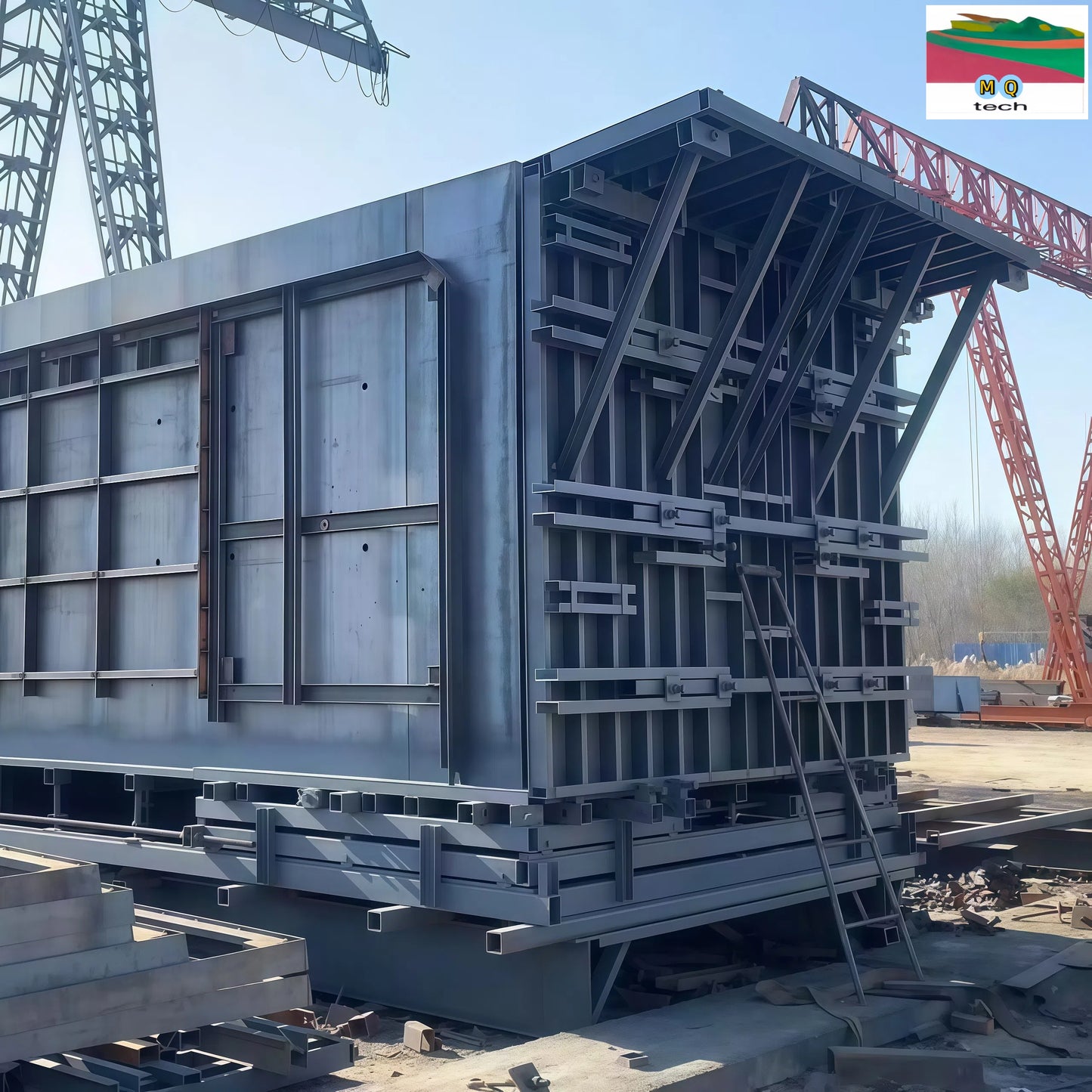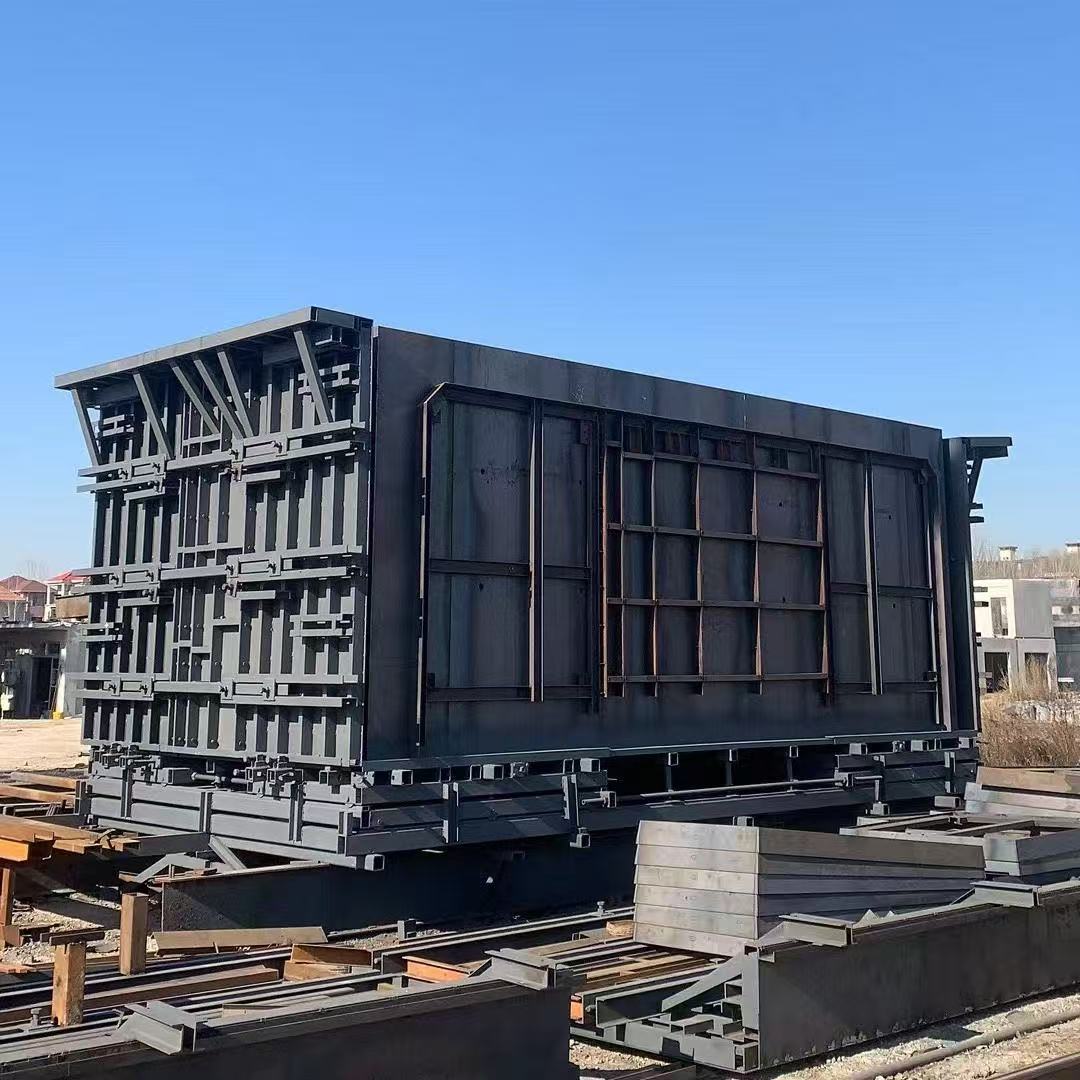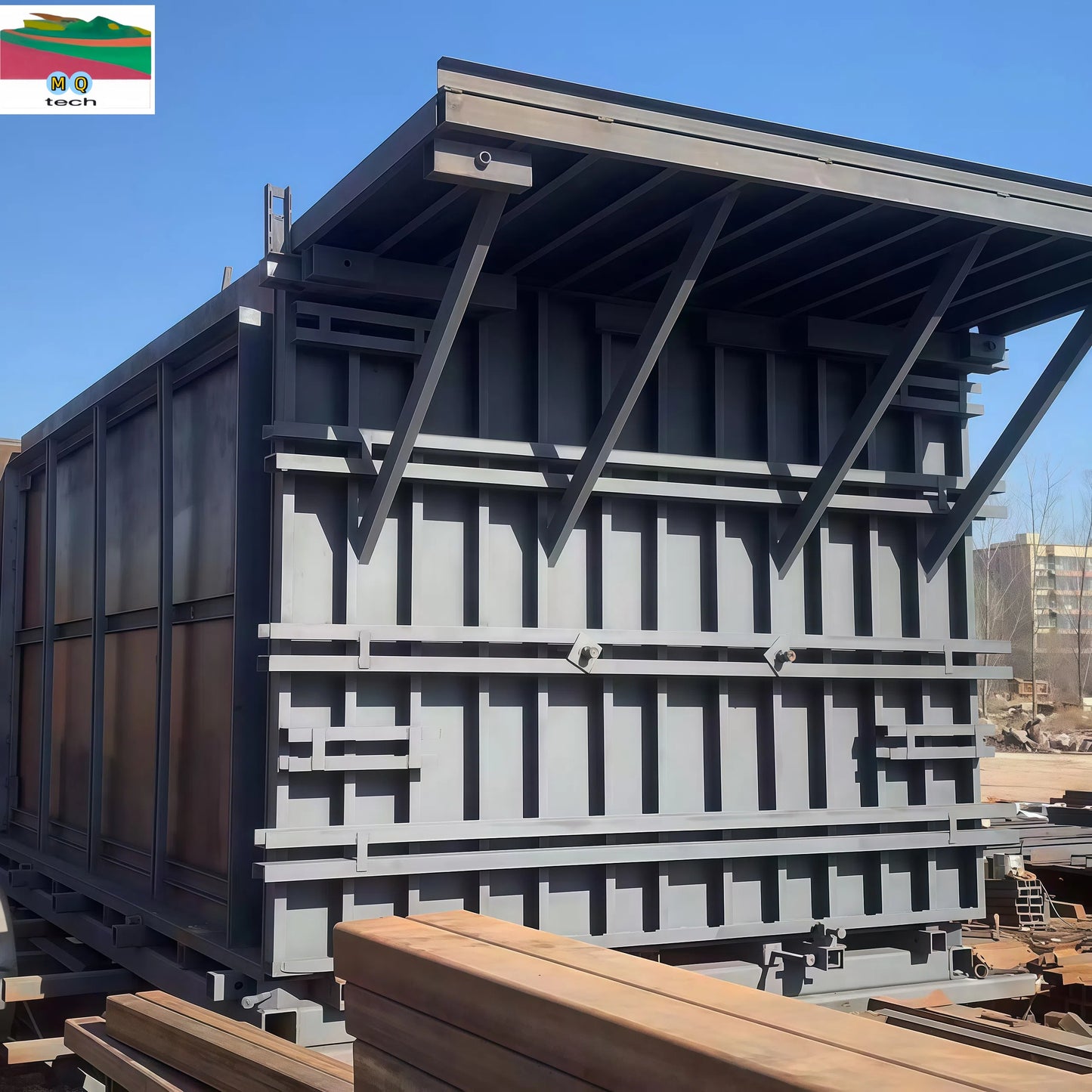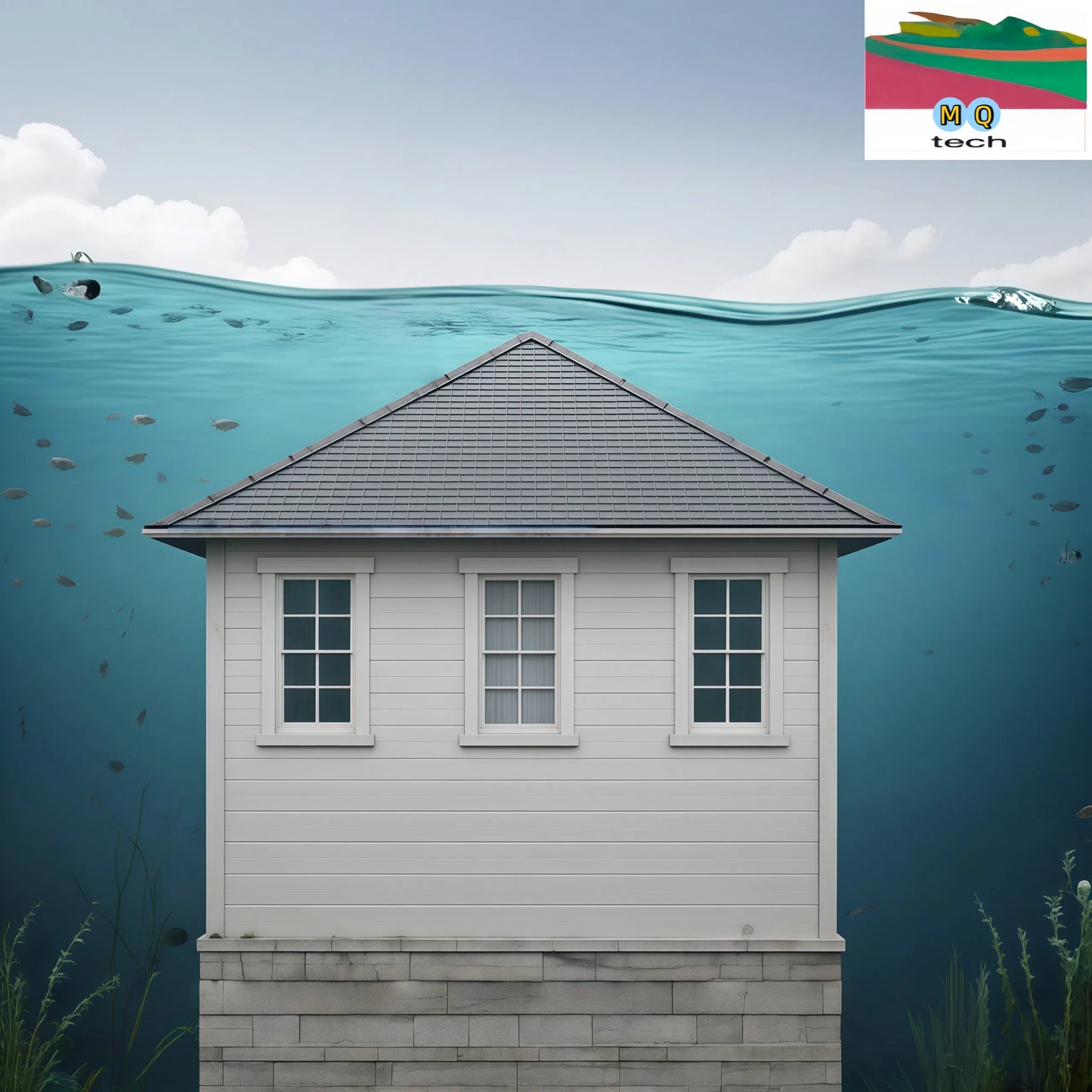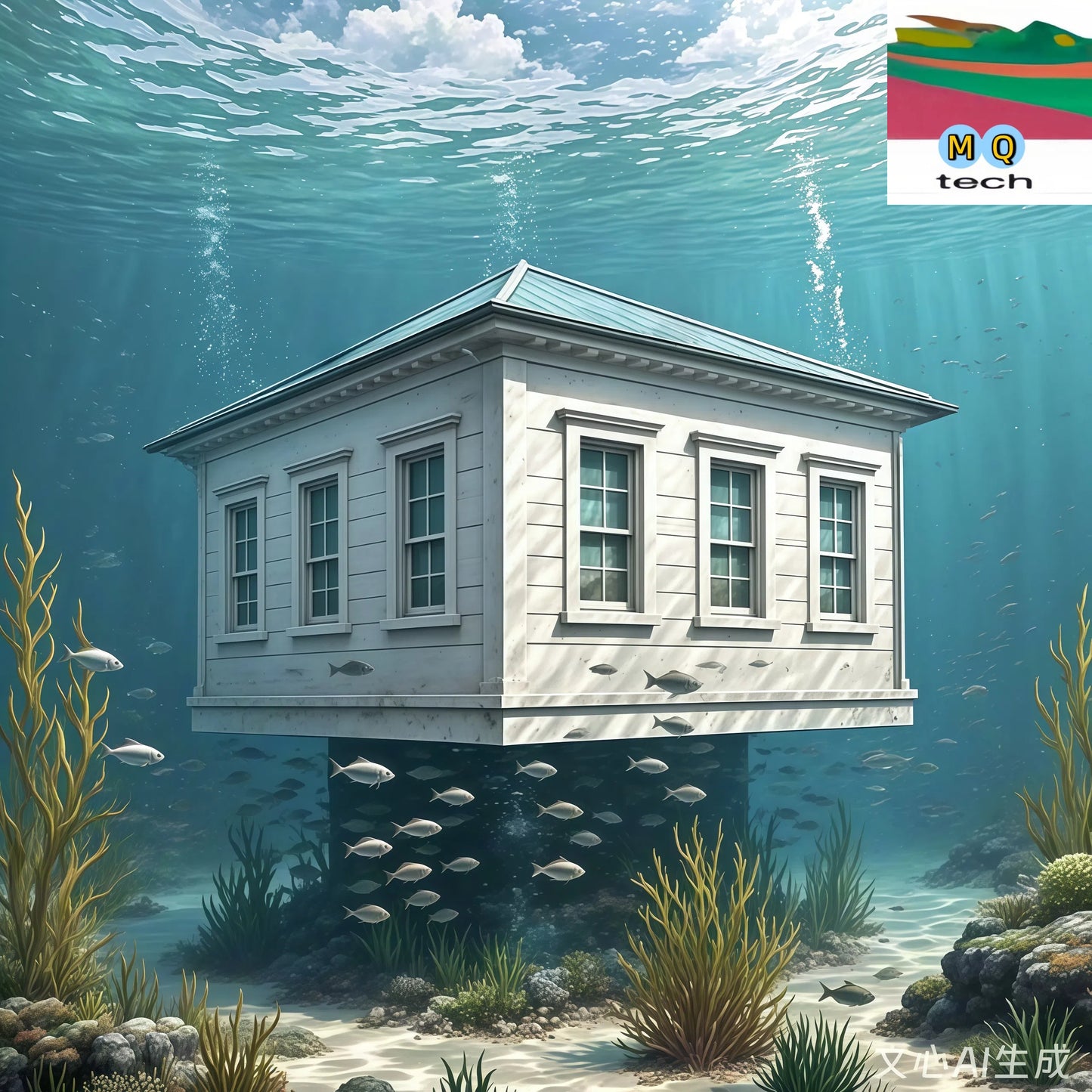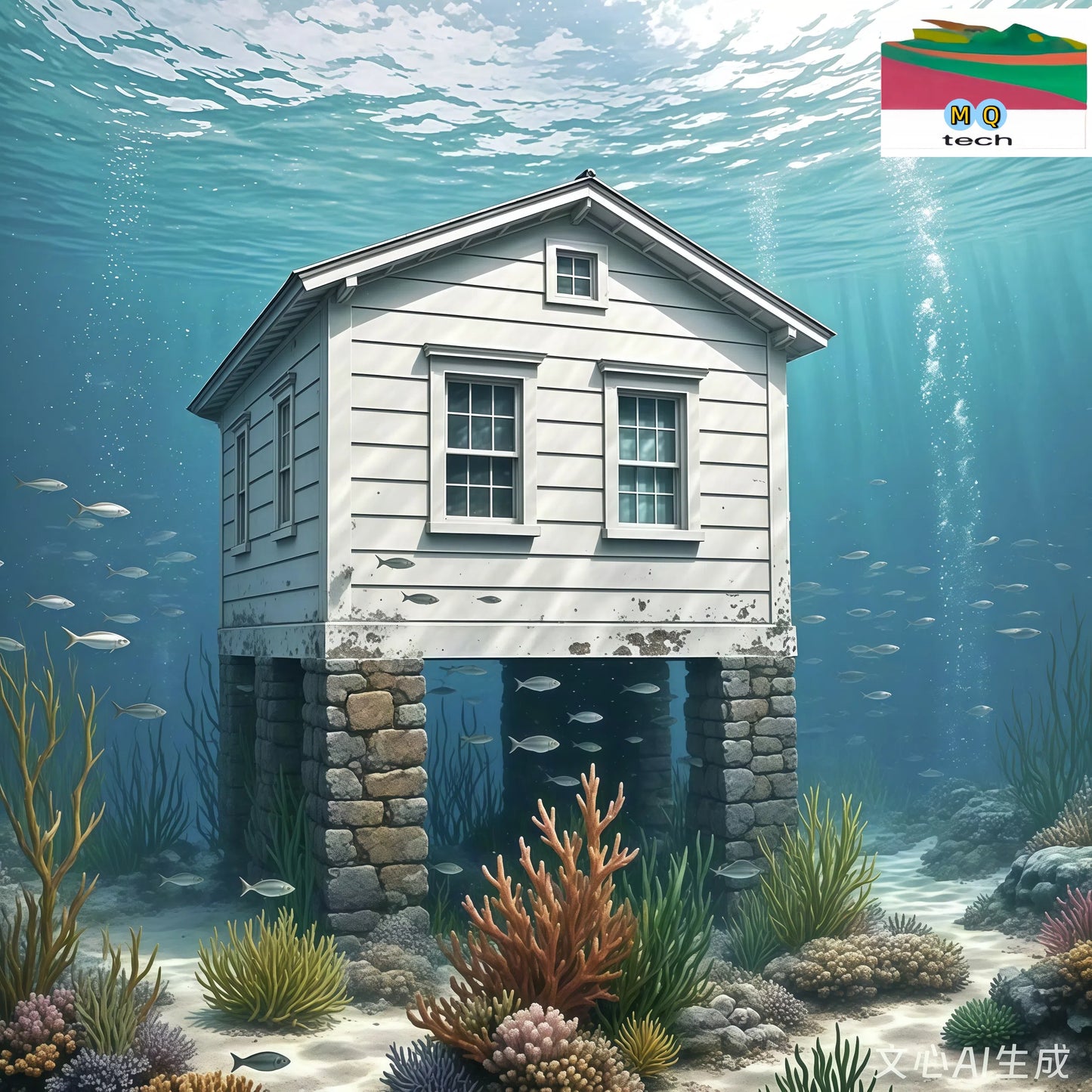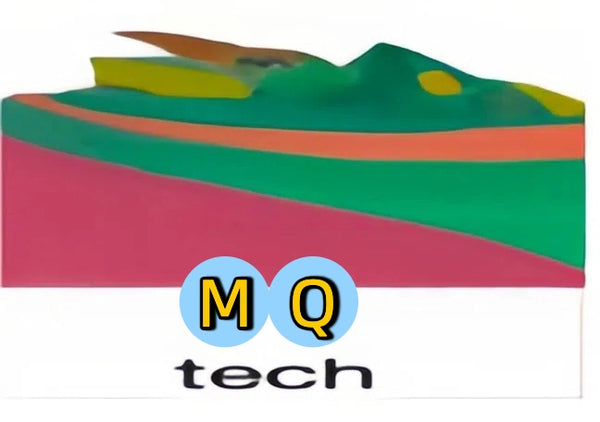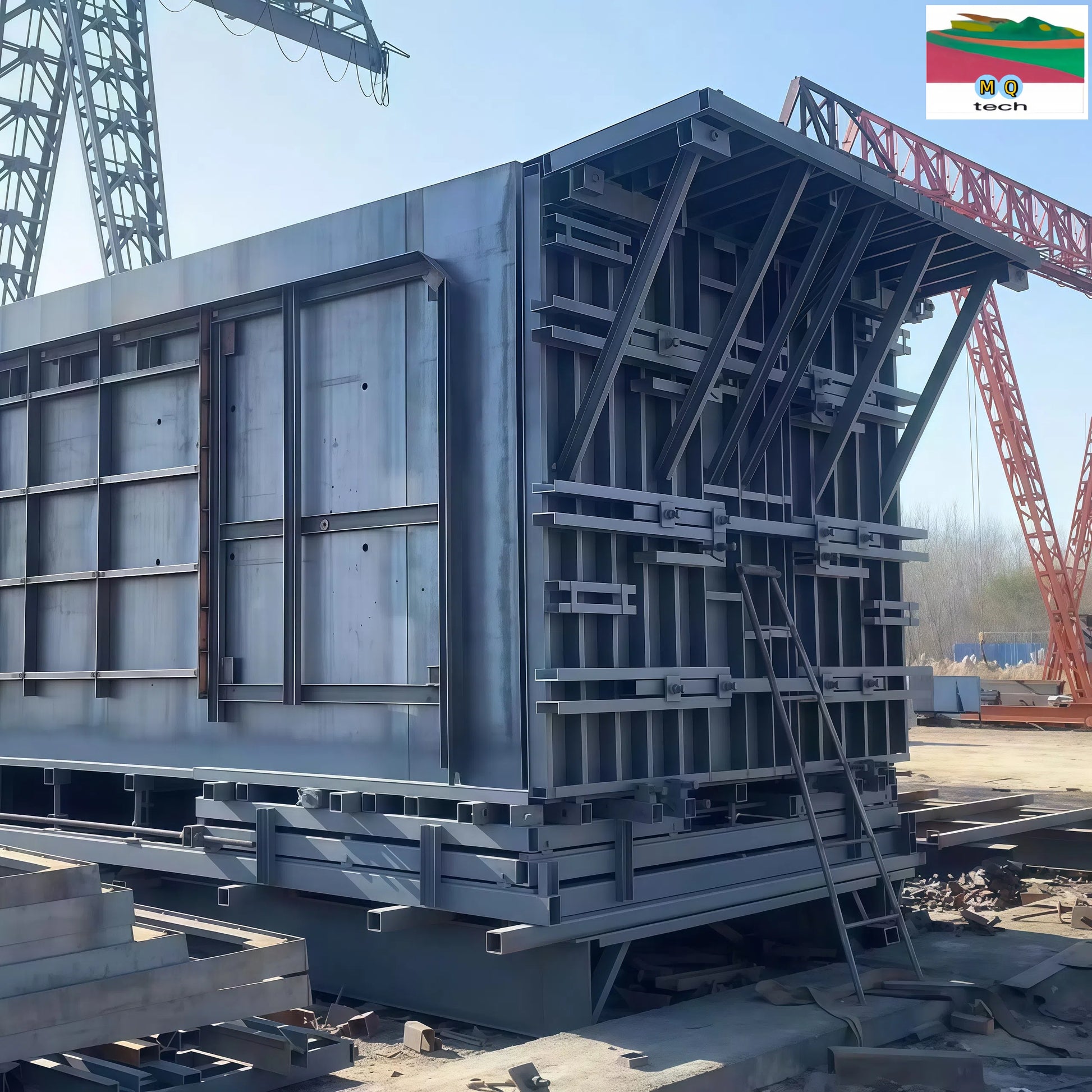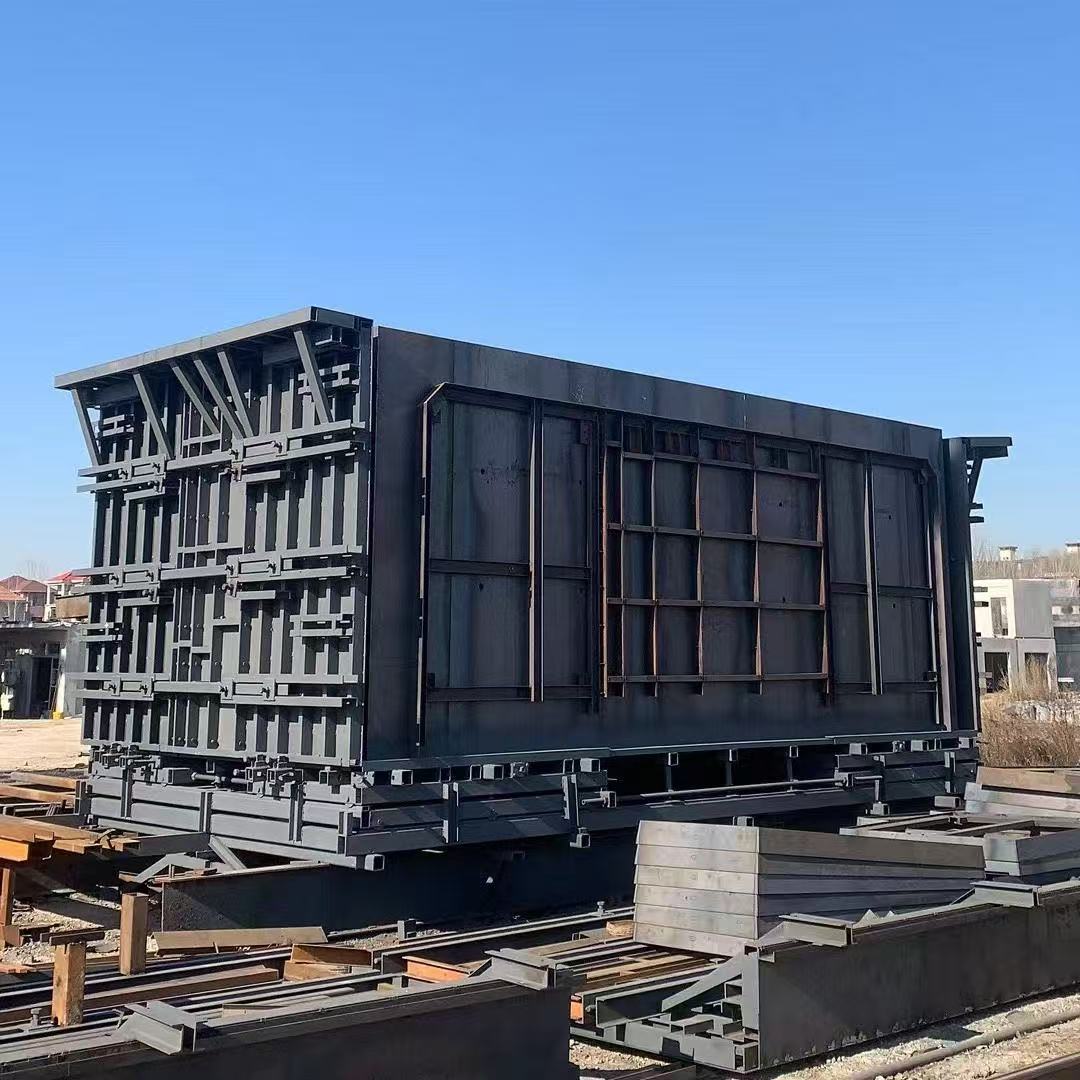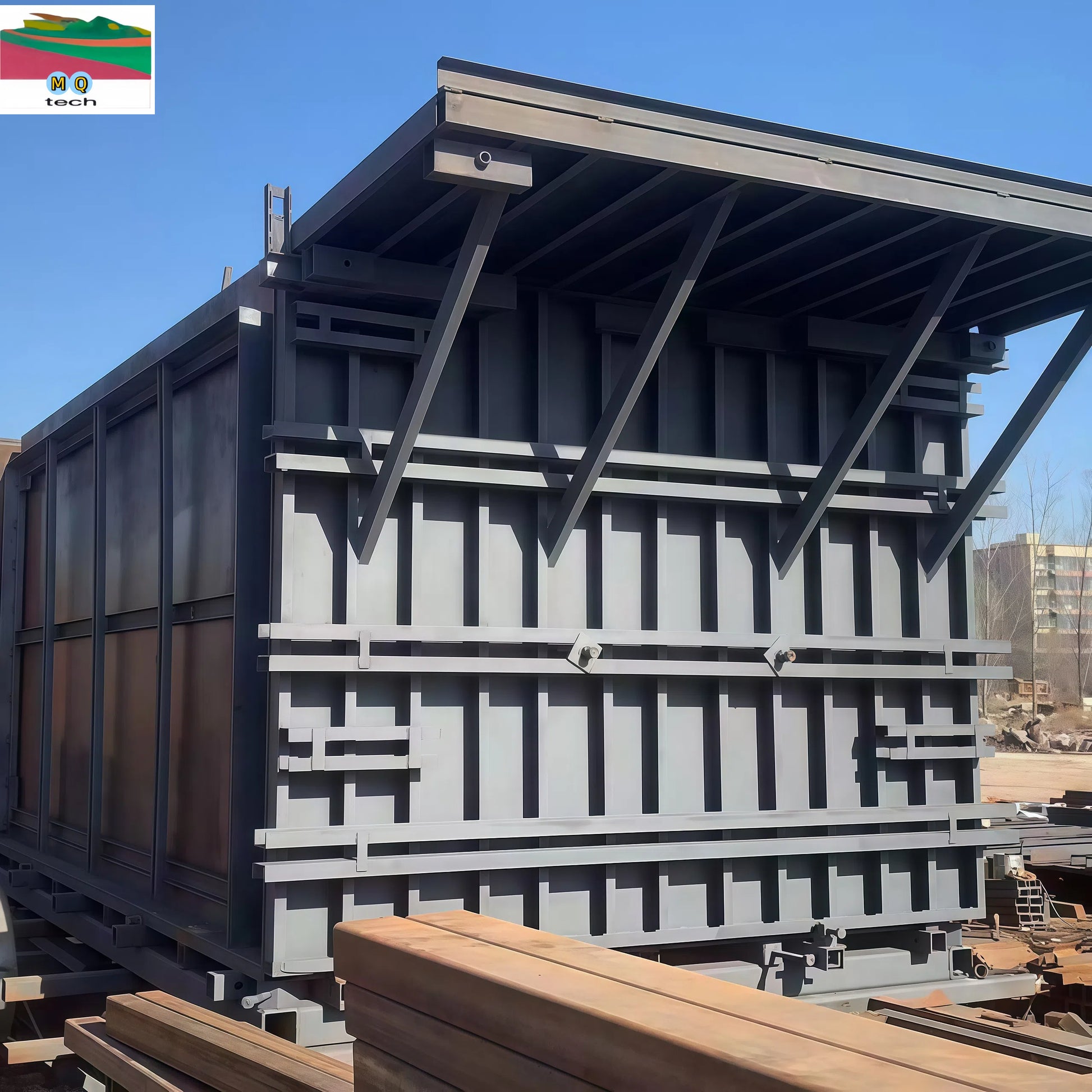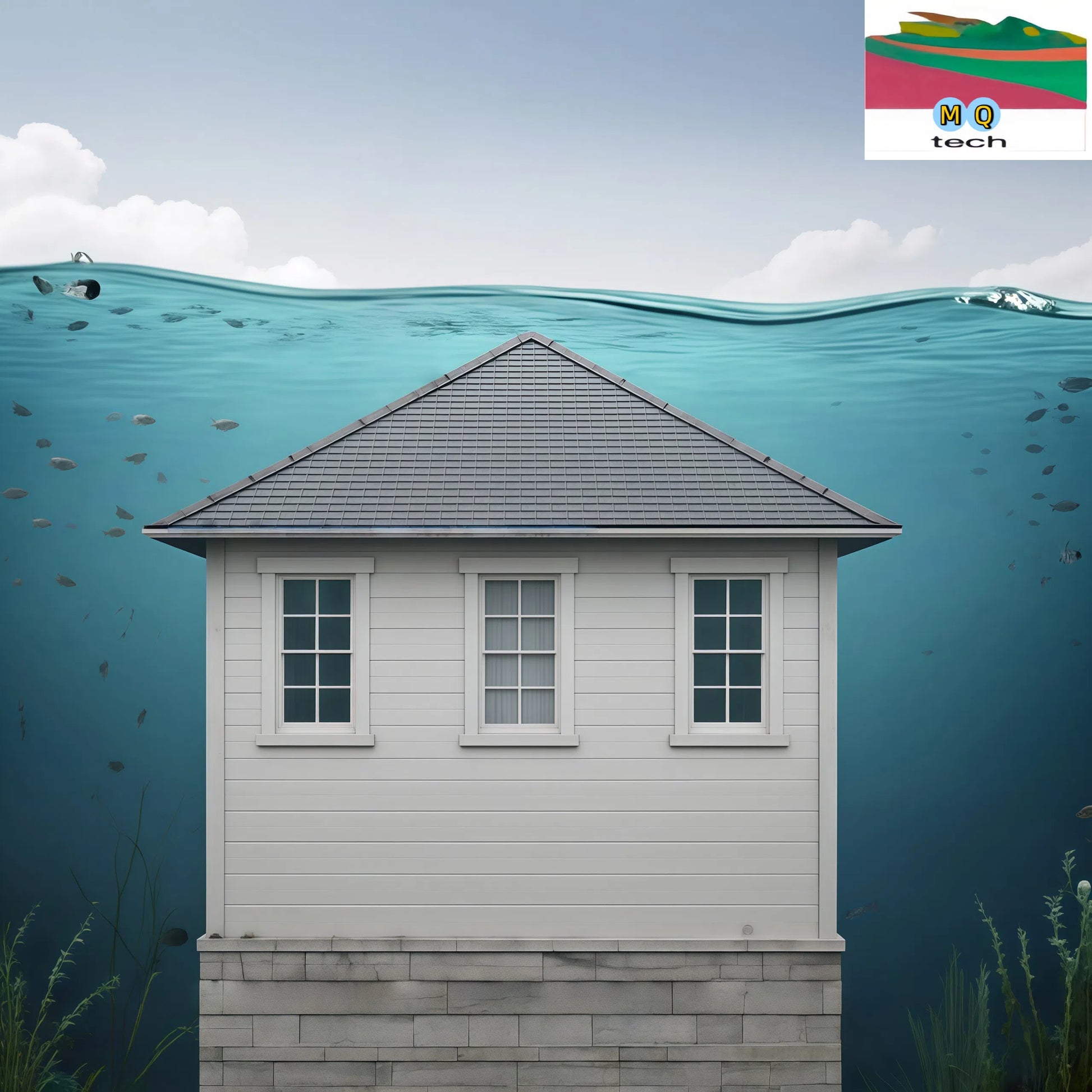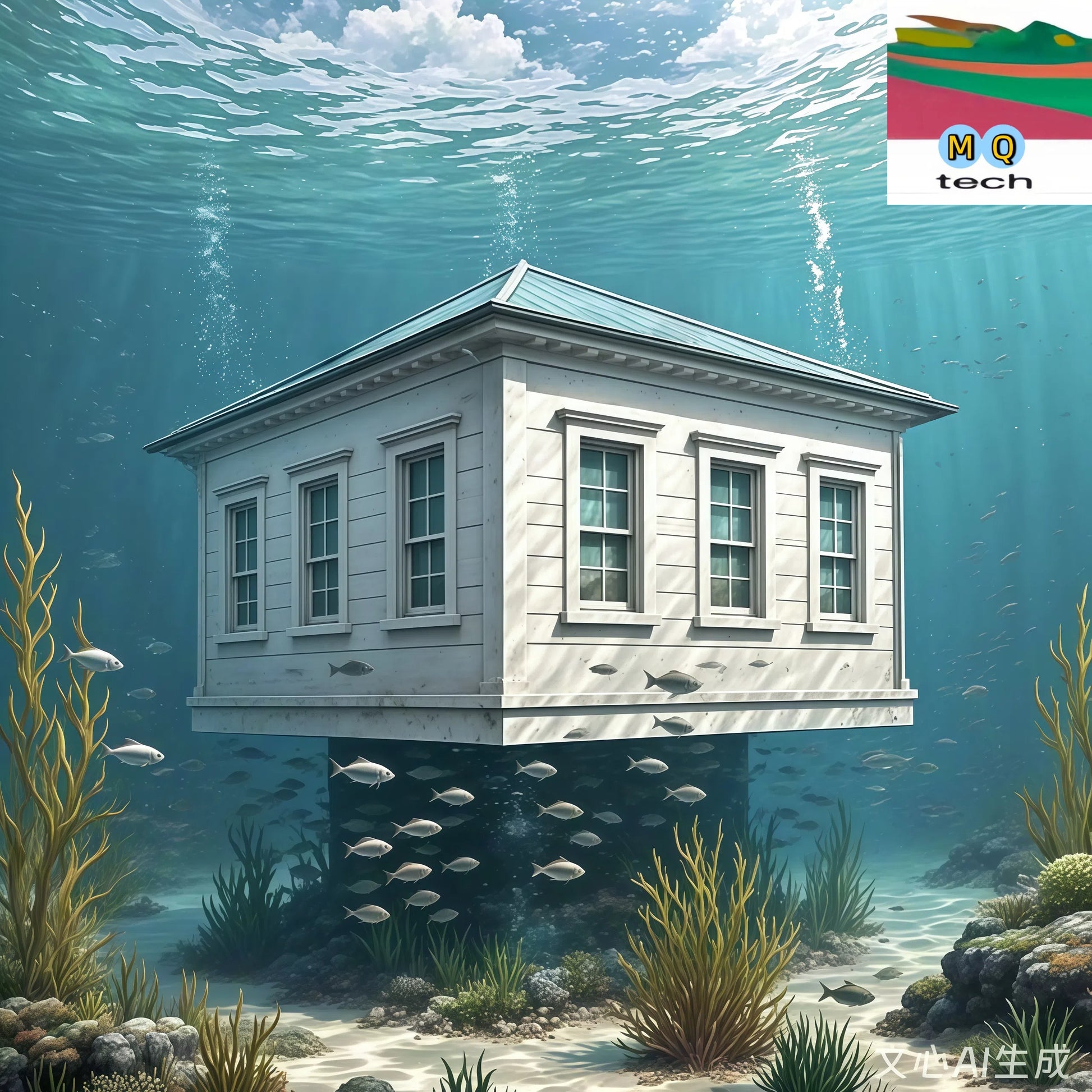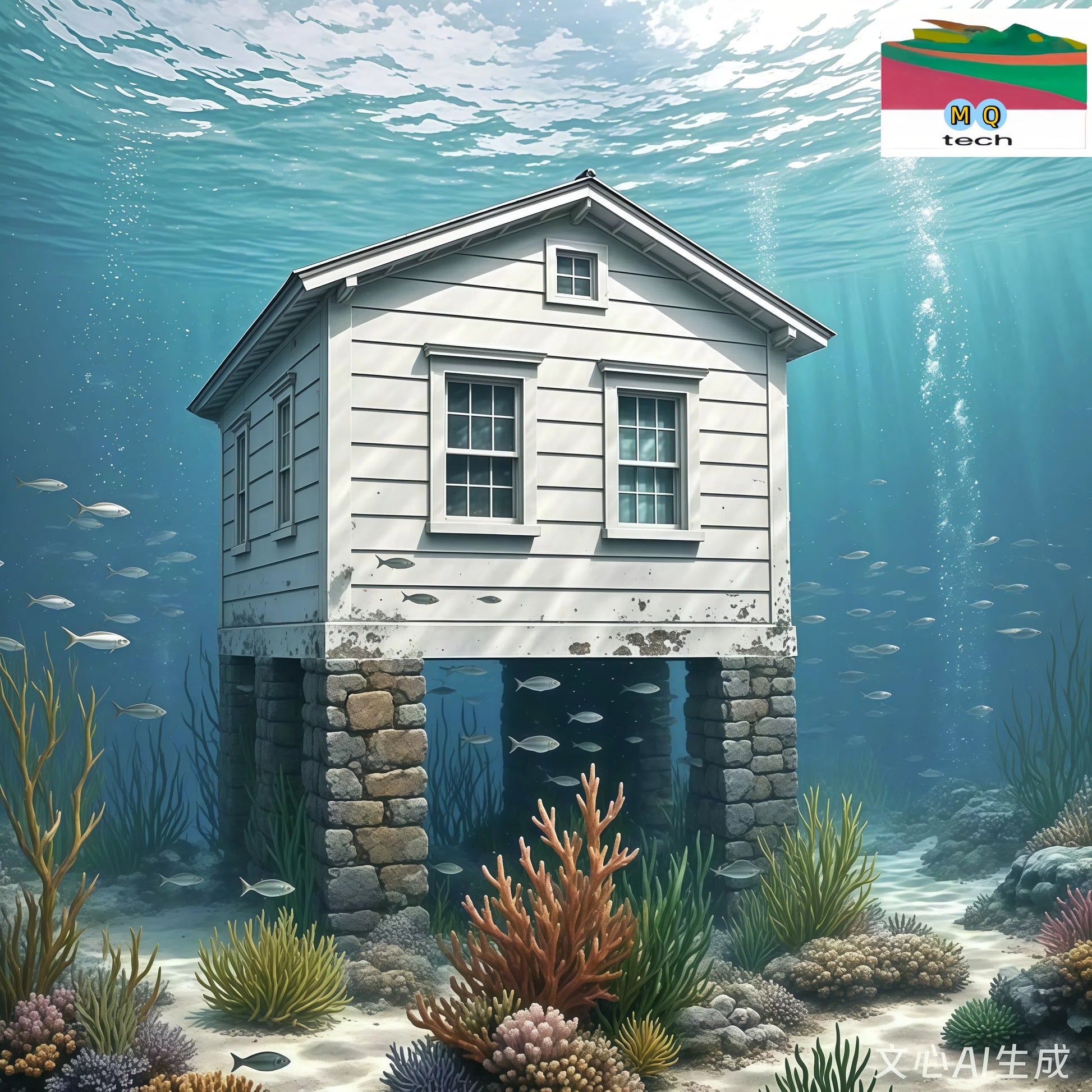Miaoqiang tech
Underwater Chamber of Secrets/Dome of the Sky
Underwater Chamber of Secrets/Dome of the Sky
Couldn't load pickup availability
MQ-tech1 SX0925
This is an extremely challenging engineering problem, essentially creating a miniature artificial biosphere or life support system on the seabed. To make the air inside the underwater cement box suitable for human respiration in the long term, it is not a problem that needs to be solved, but a series of interrelated and complex systems.
Simply put, this requires a complete, reliable, and self-sustaining life support system. The following figure clearly illustrates the three core technological challenges and their solutions to achieve this goal:
flowchart TD
Breathable Air Maintenance System for Underwater Confined Spaces
| Level 1 Challenge | Level 2 Requirement | Level 3 Solution | Integration & Goal | |
|---|---|---|---|---|
| Underwater Confined Space Breathing Challenge | Clearing Exhaust Gas (CO₂ Accumulation) | Chemical Adsorbents (e.g., Lithium Hydroxide, Soda Lime) | ||
| Supplementing Oxygen (Continuous Consumption) | Electrolytic Oxygen Production | System Integration and Energy Supply | Achieve Goal: Long-term Maintenance of Breathable Air |
|
| Compressed Oxygen Cylinders | ||||
| Chemical Oxygen Concentrators | ||||
| Maintaining Pressure (Internal Pressure Stability) |
Below, we will provide a detailed analysis of each core element in the diagram:
1. Eliminate deadly carbon dioxide
This is the most urgent and technically challenging part. People in enclosed spaces will quickly exhale carbon dioxide, and concentrations exceeding 3% can be dangerous, while concentrations exceeding 8% can quickly be fatal.
·Solution: Chemical adsorbent
·Principle: Using substances such as lithium hydroxide or sodium lime, they can undergo irreversible chemical reactions with carbon dioxide, thereby "capturing" and fixing it from the air.
·System design: You need an air circulation system (including fans, pipes, and reaction tanks). The air inside the box is forcibly drawn through a reaction tank filled with adsorbent by a fan, and after removing carbon dioxide, the clean air is sent back to the living area. The adsorbent will become saturated and must be replaced regularly.
2. Supplement the consumed oxygen
Removing carbon dioxide requires replenishing the oxygen consumed by respiration.
·Solution 1: Electrolytic oxygen production
·Principle: Use electricity to decompose water into hydrogen and oxygen.
·Advantage: As long as there is sufficient electricity, the source of oxygen is "unlimited".
·Challenge: Requires a stable and reliable powerful power supply and complex electrolysis equipment, while also requiring proper handling of the generated hydrogen gas.
·Solution 2: High pressure oxygen cylinder
·Principle: Like scuba diving, pure oxygen is slowly released into the tank through a pressure reducing valve and mixer.
·Advantage: The technology is relatively simple.
·Disadvantages: Limited reserves, unable to sustain in the long term, requiring frequent replenishment, and high operating costs.
·Solution 3: Chemical oxygen production
·Principle: Oxygen is released by heating sodium chlorate or decomposing chemical substances such as hydrogen peroxide.
·Application: Used in early submarines and space missions.
·Challenge: Precise control of the reaction is required, and the raw materials will also be depleted.
3. Maintain pressure balance
The underwater environment is subjected to enormous hydrostatic pressure.
·Structural strength: The cement box must be strong enough to withstand water pressure without breaking or deforming.
·Watertightness: The entire structure must be absolutely waterproof, any leakage can lead to catastrophic consequences.
·Pressure regulation:
·When you consume oxygen (and process carbon dioxide), the total pressure inside the box will decrease.
·A set of automatic pressure regulation system is needed to maintain the balance between internal pressure and external water pressure by supplementing air (usually from high-pressure gas cylinders) inside the box to prevent the box from being flattened by water pressure.
4. Energy and System Integration
All of the above systems (water pump, fan, electrolytic cell, control system, lighting) require continuous and powerful electricity.
·This may mean the need to lay submarine cables or use large underwater generators. The battery pack can only be used as a short-term backup.
💎 Reference to the real world
What you are describing is exactly what these engineering miracles worth billions of dollars are doing:
·Submarine
·Underwater laboratory
·Manned spacecraft (space station)
They are essentially a "sturdy box" that can move in extreme environments and is equipped with all the complex life support systems mentioned above.
🛠️ Theoretical simplification plan (not 'long-term')
If only pursuing short-term maintenance (such as a few hours), it can be simplified:
1. Use compressed air bottles and pressure reducing valves to continuously inject fresh air into the box, while allowing the exhaust gas to be discharged through another valve. But this requires a lot of air consumption and is not considered a 'long-term' solution.
2. Carry large, readily available life support kits, such as self rescue respirators used by miners or firefighters, which contain chemical oxygen and CO ₂ absorbents but typically only last for 1-2 hours.
Conclusion:
For a cement box placed underwater, it is theoretically feasible to maintain a long-term air environment for human respiration, but in practice, it is extremely difficult, expensive, and high-risk for individuals.
It has gone beyond the scope of a 'box' and is now a miniaturized, stationary submarine/space station life support system. This requires top interdisciplinary engineering knowledge, significant financial investment, and ongoing professional maintenance.
For detail tech and products purchase channel: leojim@mqtech1.com
Share
